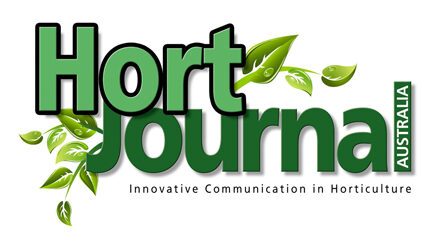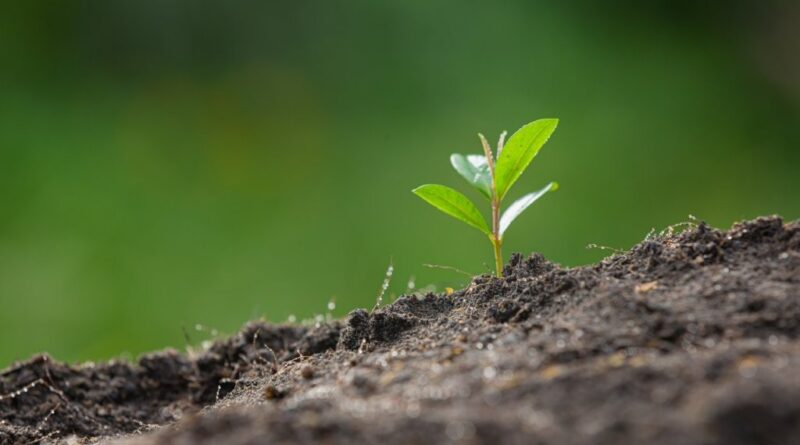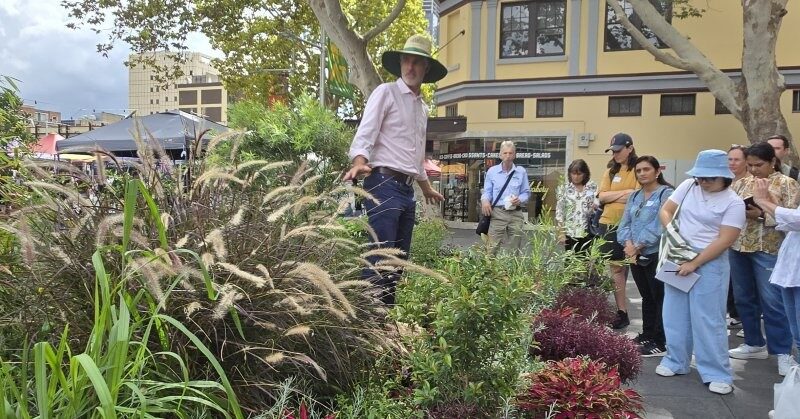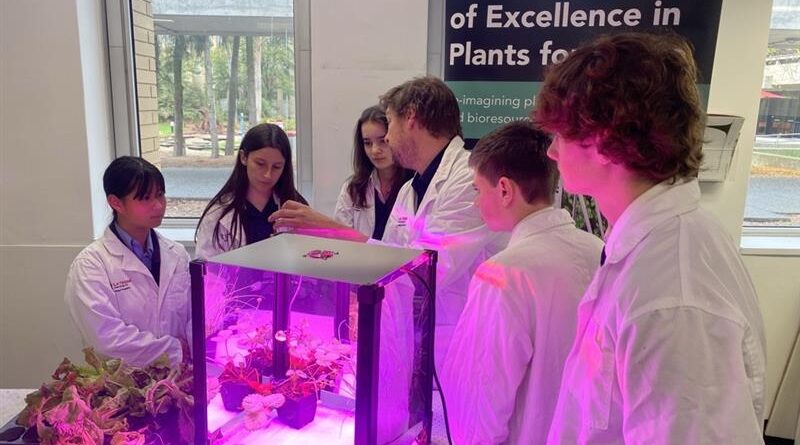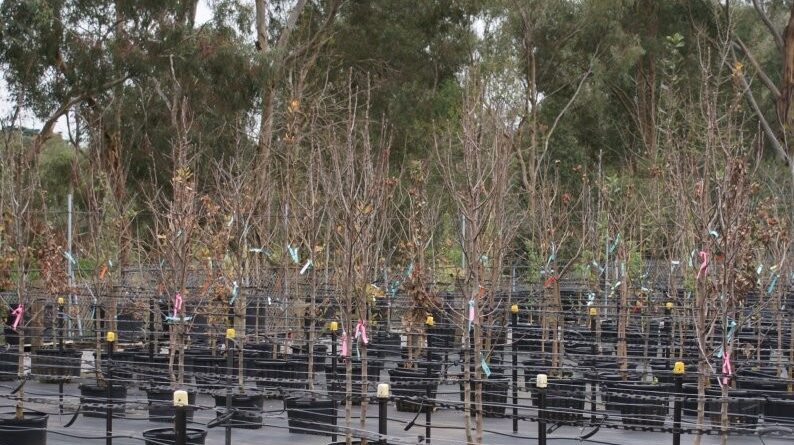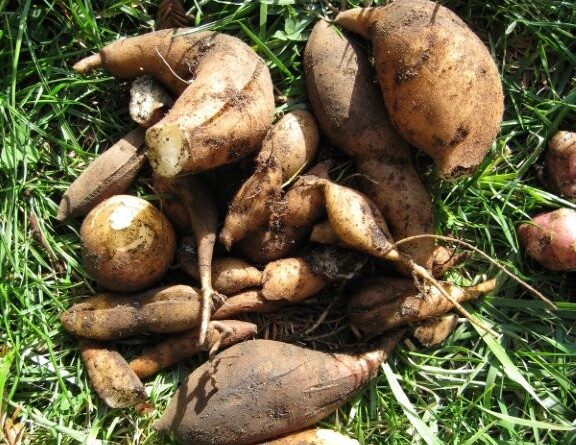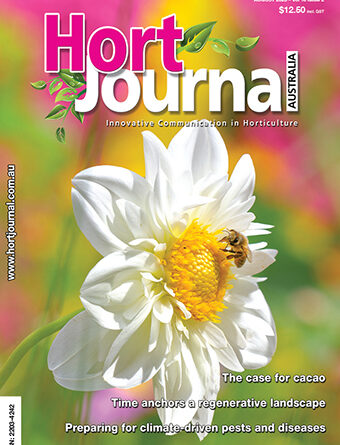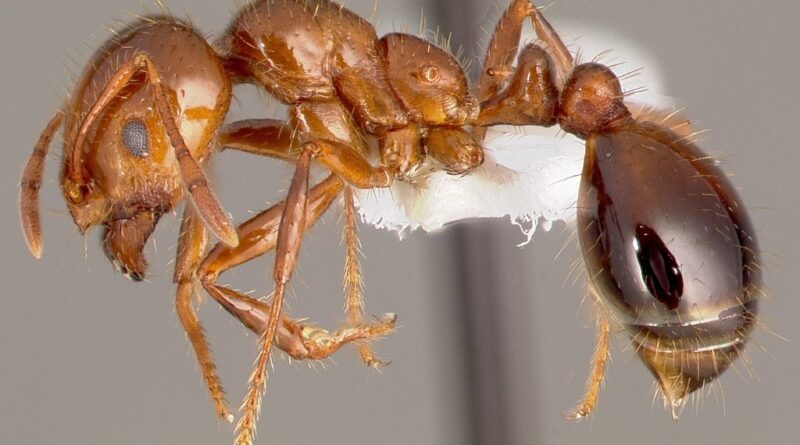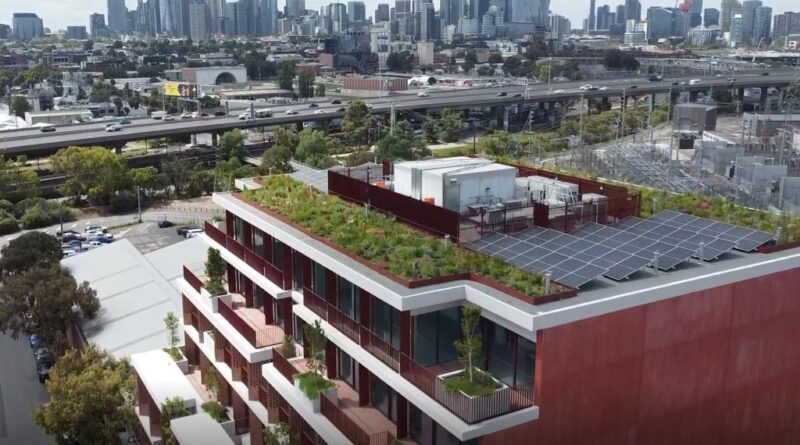Succession planning: Ensuring a seamless transition
By Tara Cuddihy
Succession planning is a critical aspect for any business, and the horticultural industry is no exception. It can be a daunting task; however it is best to plan and review often to have a robust succession plan in place to ensure the continuity and success of operations.… Continue reading
Read More